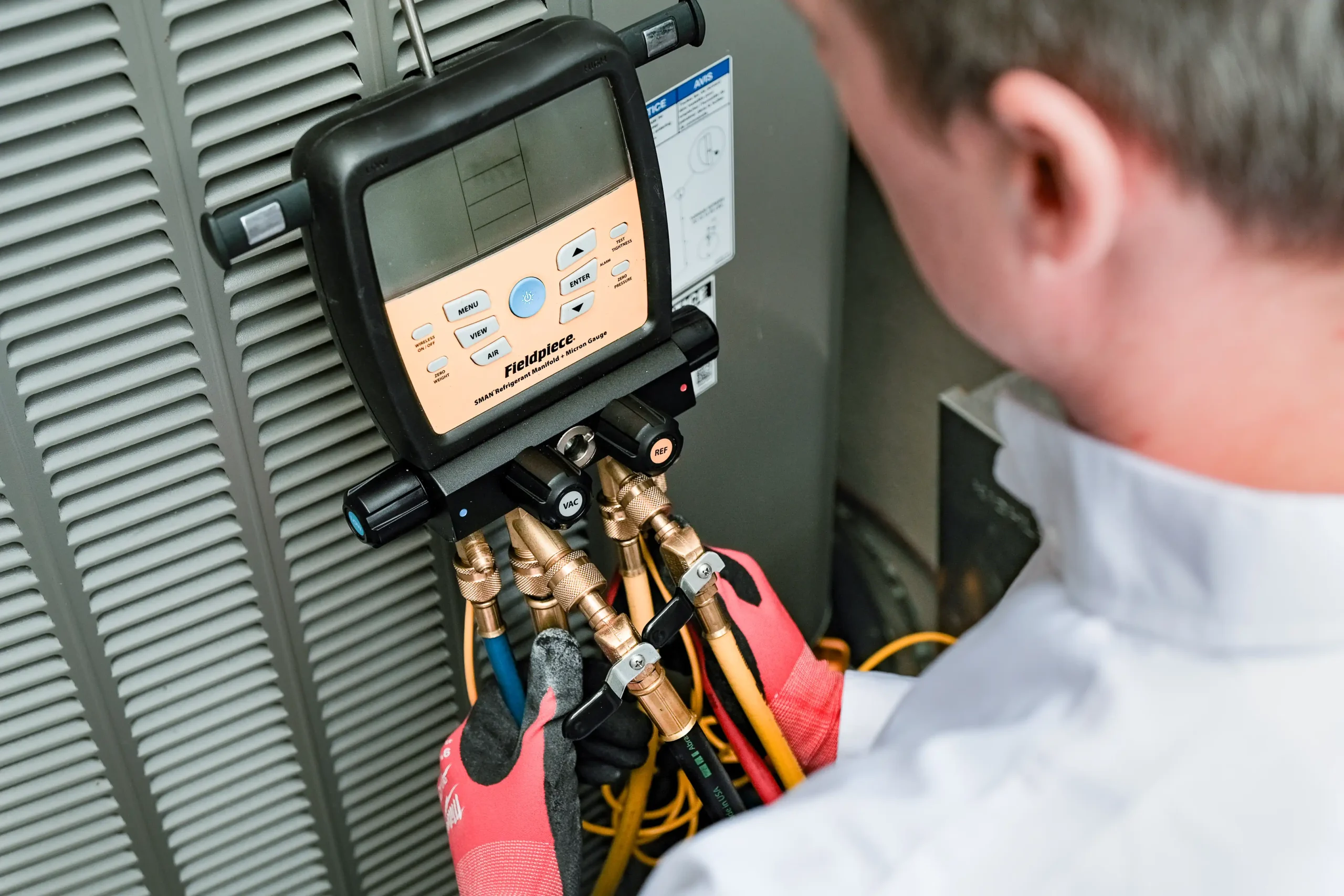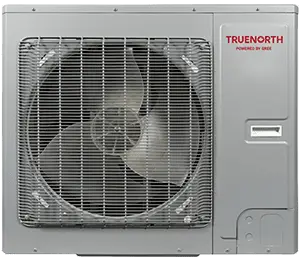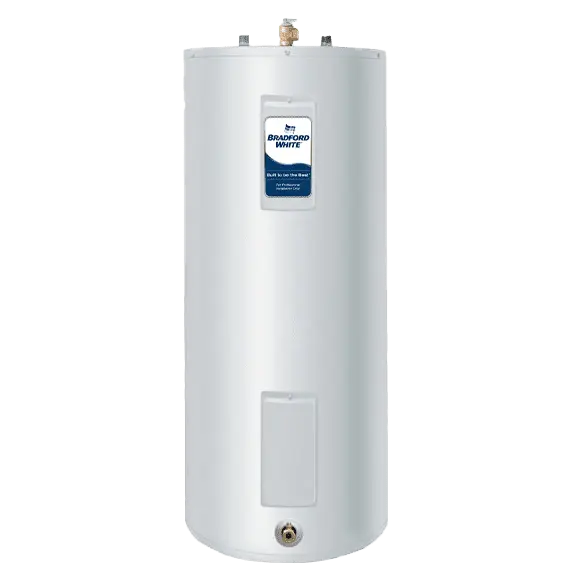Nor’easter Prep for Fall Heating: Secure Exterior Vents, Heat Pumps & Gas Meters Before Peak Storms

Nor’easter Prep for Fall Heating: Secure Exterior Vents, Heat Pumps & Gas Meters Before Peak Storms
In Halifax and along the coast, fall weather often arrives as a full storm rather than a shower. A nor’easter can drive rain sideways, push leaves into vents and knock light objects into outdoor units. When that happens, airflow can be reduced, outdoor equipment can get noisy, and meters can be harder for the utility to reach. A short outdoor routine in September or October is the easiest way to keep heating components working through bad weather, and it aligns with the heat pump repair and maintenance services that Shines Energy promotes on its website.
What Coastal Homes Need to Watch
Most HRM homes have at least one exterior vent. Some have two or three, especially if there is an HRV/ERV or a high-use dryer. Add an outdoor mini-split or heat pump, plus the exterior utility meter (electric/water, and natural gas where available), and you end up with several pieces of equipment that do not like being covered.
Environment and Climate Change Canada tells Atlantic homeowners to secure loose items and keep drains clear before a storm. The same logic applies here. If air can reach the vent or heat pump, and water can drain away from it, the system is more likely to ride out the storm without a service call.
For Shines customers, the focus is simple: keep vents open, keep the outdoor heat pump breathing and keep the meter accessible.
A Pre-Storm Routine for HRM/Coastal NS
Start with the vents. Walk around the house and brush off leaves, pine needles and webs from the wall or soffit vents. Make sure the flaps can still open. Do not tape or plastic-wrap them to “keep water out,” as this can prevent the vent from doing its job.
Then look at the outdoor heat pump. Shines installs and services these, so this is the part that matters most to them. You want about one to two metres of clear space around the cabinet. Move bins, toys, planters and light patio furniture so wind cannot slam them into the coil. Do not wrap the unit in plastic. That traps moisture and can push water into places it should not go.
Finally, check the exterior utility meters (electricity, water, and natural gas, where available). Do not lean shovels, winter salt or recycling bins against it. During and after a storm, the utility may need to see or reach the meter, so it should stay visible. You can also do a quick indoor safety step. Test CO alarms and replace batteries if they are old.
Even if your primary heat is a heat pump, many Atlantic homes still have fuel-burning appliances or fireplaces. Health Canada recommends regular CO testing.
What to Avoid in a Storm Prep
Homeowners sometimes try to “protect” equipment by boxing it in. That is the one step to skip. Do not build a tight plywood surround, do not shrink clearances around the heat pump and do not block the louvres on a vent. Tight coverings can trap saltwater and debris, and they can take the unit out of the clearances the manufacturer intended.
If you see damage to a gas or utility meter after a storm, leave it to the utility. Do not try to move or repair it yourself.
After the Storm, Do a Slow Walk-Around
When the wind has settled and it is safe to go out, look at the same three things again. The vents should be free and dry, not packed with leaves. The outdoor heat pump should be upright, level and not buried in yard debris. The meter should be visible.
If you see pooling water under the unit or ice forming at the drain, make a note. If the unit is noisy, throwing an error code, or not heating evenly, schedule a Shines Energy maintenance or repair visit so a technician can check electricals, drainage, defrost cycle and any wind or water intrusion at the wall penetration. That is exactly the kind of service Shines lists on its site.
Keep It on a Maintenance Plan
Coastal systems see more wind, more salt and more debris than inland systems. A Shines Maintenance Plan keeps this fall inspection on the calendar and lets the same team look at the same outdoor equipment year after year. If a nor’easter does cause a problem, you already have a service relationship with the company that installs and maintains heat pumps in HRM.

